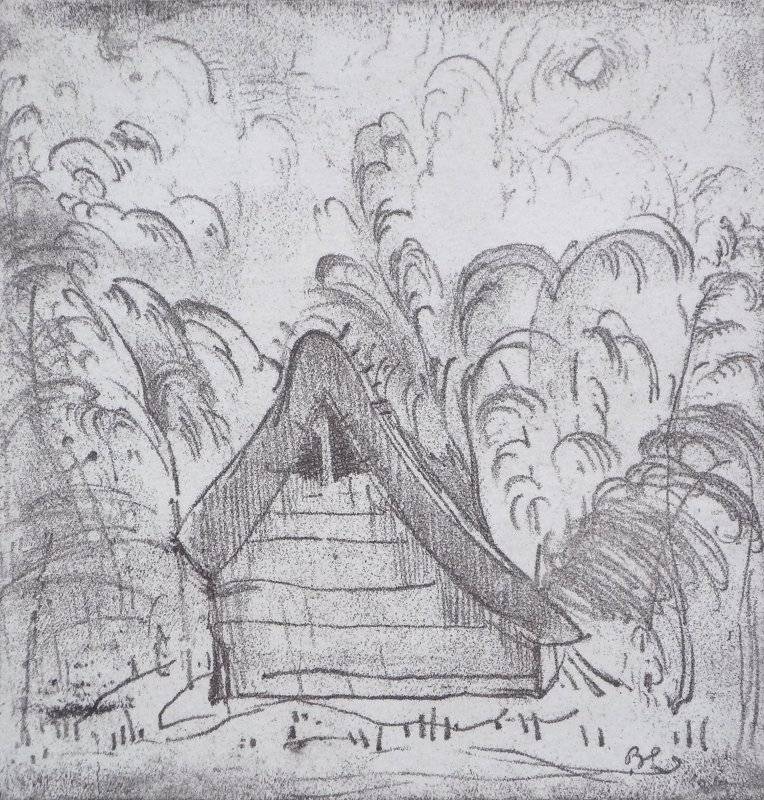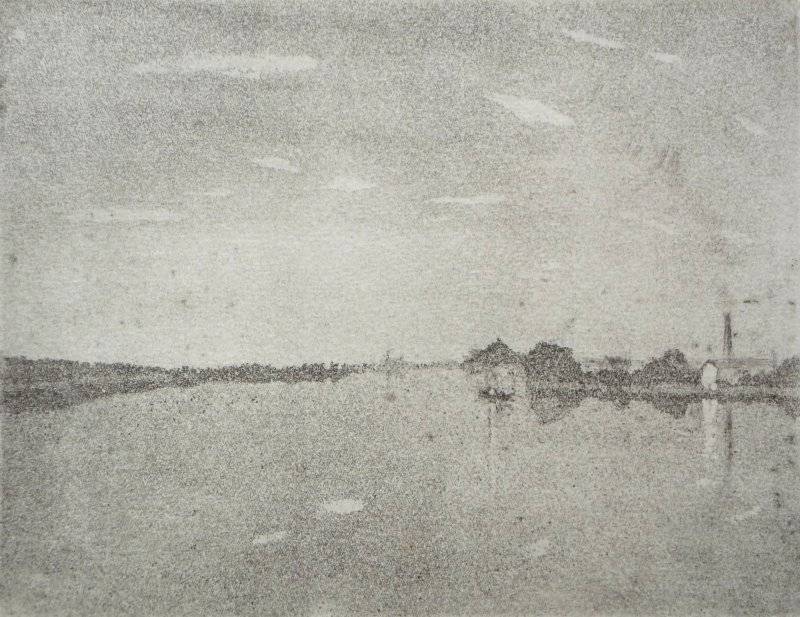Bernard Leach
Print Ceramics
Bernard Leach founded the Leach Pottery, St Ives in 1920 with fellow artist Shoji Hamada and is celebrated as one of the world’s most influential studio potters. He trained in Japan and promoted pottery as a combination of art, philosophy, design and craft. His work brings together both Western and Eastern philosophies, with a focus on traditional Korean, Japanese and Chinese ceramic traditions, in combination with techniques from England and Germany, such as slipware and salt glazing.
Bernard Leach was born in Hong Kong and was brought up in the Far East. His father was a colonial judge in Hong Kong and his maternal grandparents were missionaries in Japan. He spent his young adult years in Japan where he came into contact with a group of young Japanese art lovers who called themselves Shirakaba, and through them he learned about William Morris and the Arts and Crafts Movement. As a young man he studied etching at the London School of Art before settling in Japan where he became fascinated with pottery and studied under the great master Shigekichi Urano (Kenzan VI) and befriended a young potter named Shoji Hamada. With Hamada, he set up the Leach Pottery at St. Ives, Cornwall in 1920, including the construction of a traditional Japanese wood burning kiln.
The publication of his ‘A Potter's Book’ in 1940 defined Leach's craft philosophy and techniques and became his breakthrough to recognition, and his style had lasting influence on counterculture and modern design in North America during the 1950s and 1960s.
His British associates and trainees include Michael Cardew, Katherine Pleydell-Bouverie, Nora Braden, David Leach and Michael Leach (his sons), Janet Darnell (whom Leach married, 1956), William Marshall, Sylvia Hardaker, Kenneth Quick and Richard Batterham. His American apprentices include Warren MacKenzie (who likewise influenced many potters through his teaching at the University of Minnesota), Byron Temple, Clary Illian and Jeff Oestrich. He was a major influence on the leading New Zealand potter Len Castle who travelled to London to spend time working with him in the mid-1950s. Many of his Canadian apprentices made up the pottery scene of the Canadian west coast during the 1970s in Vancouver. Leach was instrumental in organizing the only International Conference of Potters and Weavers in July 1952 at Dartington Hall, where he had been working and teaching. It included exhibitions of British pottery and textiles since 1920, Mexican folk art, and works by conference participants, among them Shoji Hamada and US-based Bauhaus potter Marguerite Wildenhain. Another important contributor was Japanese aesthetician Soetsu Yanagi, author of The Unknown Craftsman.
He continued to produce work until 1972 and never ended his passion for travelling, which made him a precursor of today's artistic globalism. He continued to write about ceramics even after losing his eyesight. The Victoria and Albert Museum in London held a major exhibition of his art in 1977. The Leach Pottery still remains open today, accompanied by a museum displaying many pieces by Leach and his students.
A potter is one of the few people left who uses his natural faculties of heart, head, and hand in balance - the whole man. His is a way of life. Good pots require the ardour of vocation and the devotion of a lifetime.


















